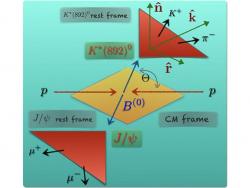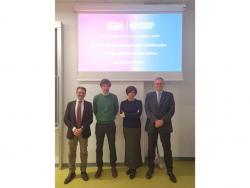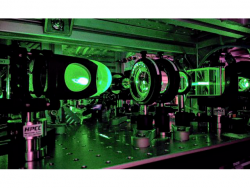Electronic Structure of Materials: Theory and Simulation
Our field of interest is the computational physics of condensed matter at various levels.
The systems studied are mainly: surfaces, graphene and two-dimensional materials, interfaces, hetero- and nanostructures, adsorbates, heterogeneous catalysis.

The group is involved in computational experiments making massive use of atomic-scale numerical simulations of real materials using mainly a first principles density functional theory (DFT) approach. Nowadays, these simulations are not only an essential key for interpreting experimental results; thanks to their increasingly reliable predictive power, they are also of great help to technology for predicting the properties of materials and of physical/chemical processes, in the phases leading to the design of new materials or new processes.
Recently, in order to overcome the limits of the ab-initio electronic structure methods keeping their accuracy, particular effort is devoted to their combination with large-scale atomistic molecular dynamics simulations (MD) powered by machine learning and high-performance computing (HPC). Part of the research involves the development of new neural-network interatomic potentials trained on DFT calculations. The process itself is a subject of investigation, with the aim of setting up an automatic workflow for testing and validation of the interatomic potentials.
A strong collaboration also with different experimental has always characterized this group.









